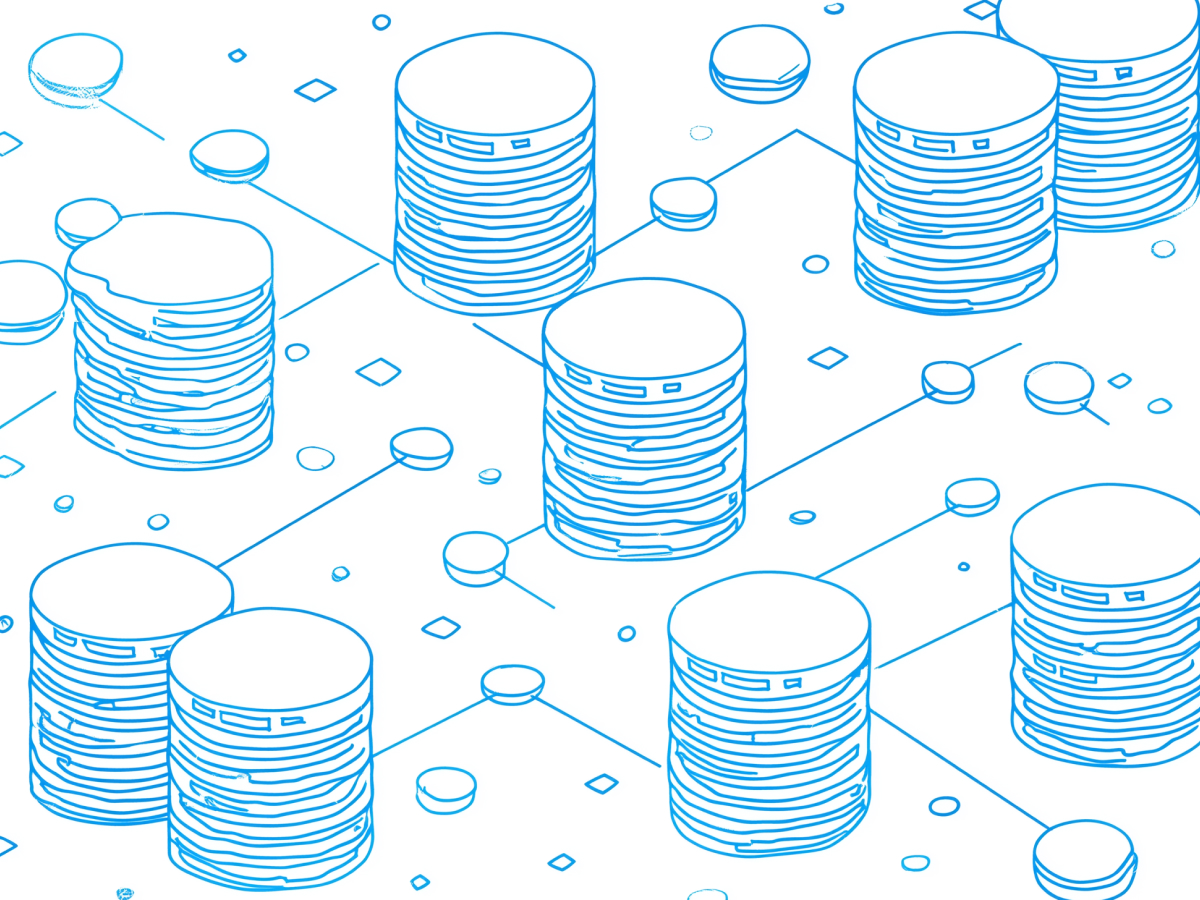Cyberattacks and data breaches, the costliest modern business threat
Cyberattacks are a direct threat to business survival. When data breaches happen, it means lost trust, regulatory fines, and long-term damage to your company’s reputation. For C-suite leaders, this isn’t something to delegate to IT and forget.
Take the healthcare sector as a cautionary example. UnitedHealth’s 2024 breach at its Change Healthcare subsidiary compromised sensitive data for 100 million individuals. This was the largest healthcare data breach ever reported. The company spent $1.7 billion on response costs and faced a $705 million operational disruption. The overall financial hit? $2.5 billion in under a year. That should be a wake-up call for executives to rethink their cybersecurity strategies.
Data breaches are becoming costlier. According to IBM, the average global cost of a data breach reached $4.9 million in 2024, a 10% increase compared to the previous year. The message here is clear: cyber risks are escalating, and the stakes are too high to ignore. The companies that thrive in this environment are the ones that take decisive action before disaster strikes.
Insurance for the new threats
We can’t predict every disruption, but we can prepare for it. Cyberattacks, natural disasters, supply chain failures, they’re all part of the modern business landscape. That’s why smart companies are turning to business interruption insurance.
Business interruption coverage helps companies recover lost income, pay employees, and keep operations afloat during downtime. Think of it as your financial safety net for the unexpected. A survey by Chubb found that 86% of businesses have already adopted or plan to adopt this type of coverage. Over half have it in place, and a third are gearing up to add it within the next 12 months. Why? Because the cost of inaction is far greater than the price of preparedness.
This trend reflects a deeper shift in how businesses think about risk. The old playbook of protecting physical assets and hoping for the best no longer works. The risks we face today are often digital, intangible, and unpredictable. Business interruption insurance is a key part of a broader strategy to build resilience against these modern challenges.
Risk monitoring and holistic management
Modern threats are interconnected, and the ripple effects can hit faster than ever. A cyberattack, for instance, can disrupt your supply chain, derail your operations, and send customers running. That’s why a holistic approach to risk management is no longer optional.
Businesses need to monitor threats in real-time and act decisively. Risk monitoring tools give executives the ability to see what’s coming and prepare. It’s about being proactive rather than reactive, spotting vulnerabilities before they become crises. Chubb’s research found that monitoring cyber incidents and related risks is the most common mitigation tool used by forward-thinking companies. You can’t avoid every threat, but you can steer through it.
Holistic management means looking at the big picture. It’s not enough to focus on one risk at a time. Instead, companies need to integrate their strategies, combining cybersecurity, operational planning, and employee training into a cohesive system. The goal is simple: build an organization that’s ready to handle anything, from a data breach to a natural disaster.
In this game, preparation is survival. Companies that embrace holistic risk management come out stronger on the other side. That’s what it means to lead in today’s market: seeing the risks, taking them seriously, and building resilience into every level of your organization.
Cyberattacks are long-term challenges, not one-time events
When a cyberattack hits, the damage doesn’t end once the hackers are out. The fallout can last for months, sometimes years. Businesses are dealing with immediate costs, like fixing the breach and notifying customers while also grappling with lost revenue, damaged relationships, and the slow grind of rebuilding trust.
UnitedHealth’s recent experience is a prime example of this. The cyberattack on its subsidiary, Change Healthcare, wasn’t just a one-off hit. It’s an ongoing challenge, with the company expecting to rebuild operations to pre-attack levels by 2025, a full two years after the breach. The financial toll so far? A staggering $2.5 billion in less than a year, including $705 million in business disruption costs and $1.7 billion in direct response expenses.
Here’s the reality: cyberattacks don’t just steal data. They steal momentum. Every dollar spent on recovery is a dollar not spent on growth, innovation, or market expansion. This is why C-suite leaders need to think beyond immediate fixes. It means building a long-term strategy, one that includes comprehensive cybersecurity measures, incident response plans, and business continuity protocols. Companies that prepare for the long haul will recover faster and come out stronger.
Cyber risks don’t discriminate, every industry is a target
Cyberattacks don’t care whether you’re in healthcare, entertainment, or tech. They hit wherever there’s value to exploit. The past year has been full of high-profile breaches, AT&T, Dell, and Live Nation Entertainment are just a few of the names on the list. These companies operate in entirely different sectors, yet they all faced the same fundamental risk: a vulnerable digital infrastructure.
“If you think your industry is immune to cyber threats, think again.”
What’s the lesson here? No industry is safe. And as businesses become more interconnected through digital ecosystems, the attack surface only grows. Supply chains, cloud systems, IoT devices, they all create points of entry for attackers. The more complex the system, the more opportunities for failure.
But here’s the good news: these risks can be managed. The first step is recognizing that cybersecurity is a boardroom issue. Leaders need to prioritize investments in secure technology, employee training, and risk monitoring. It means being ready to respond effectively when they happen. Because let’s face it, cyber risks aren’t going away. The companies that thrive will be the ones that turn these challenges into opportunities to innovate and lead.
Key takeaways
- Rising costs of cyberattacks: The global average cost of a data breach reached $4.9 million in 2024, a 10% increase from 2023. Leaders should prioritize comprehensive cybersecurity measures to avoid prolonged financial impacts and operational disruptions.
- Prolonged recovery timelines: High-profile incidents like UnitedHealth’s breach demonstrate that operational recovery can take years, highlighting the need for long-term resilience planning and continuous security upgrades.
- Business interruption insurance adoption: With 86% of companies adopting or planning to adopt coverage, leaders should evaluate their risk management frameworks and implement insurance to mitigate financial losses during downtime.
- Holistic risk management: Real-time risk monitoring is now a standard practice among businesses, emphasizing the importance of integrated strategies to address both emerging threats like cyberattacks and traditional risks like supply chain disruptions.
- Widespread cyber threats: Recent breaches at AT&T, Live Nation, and Dell highlight the universal nature of cyber risks. Decision-makers should invest in sector-specific security standards and vendor management to protect against diverse vulnerabilities.





